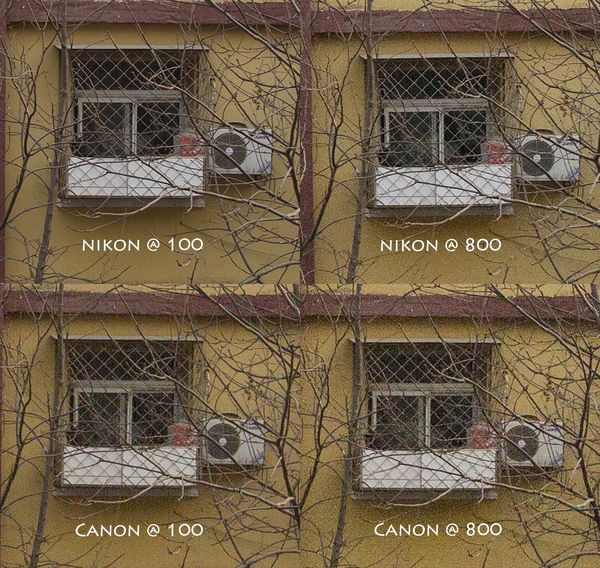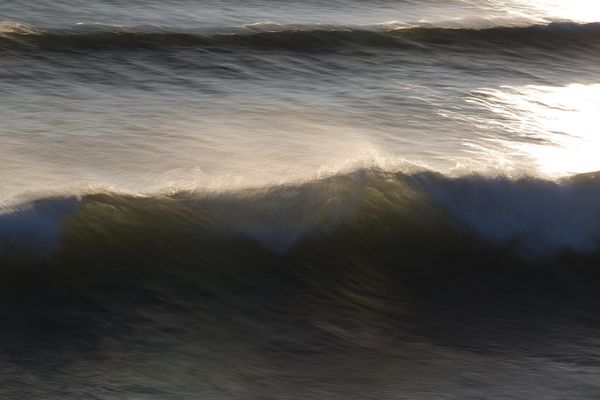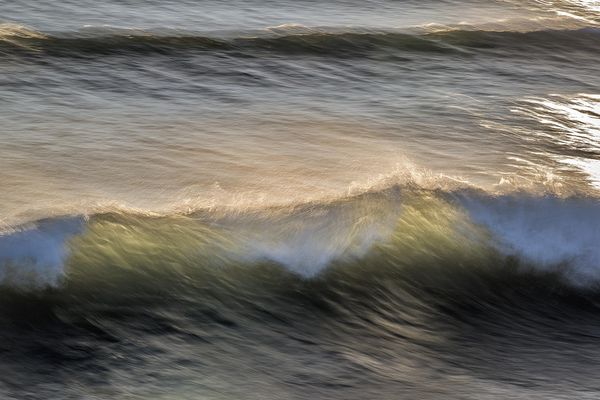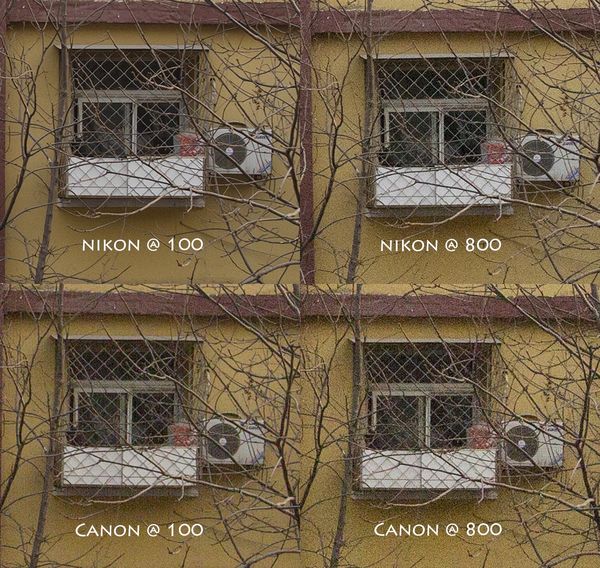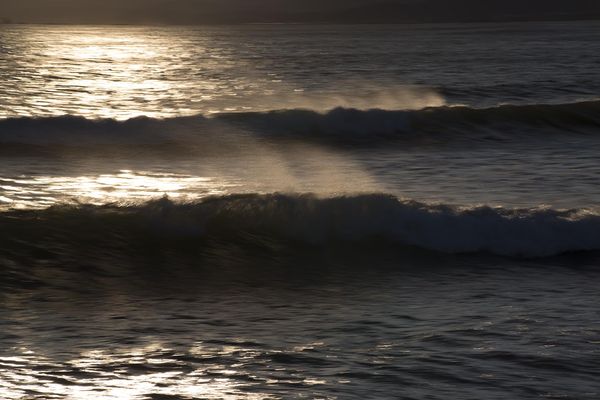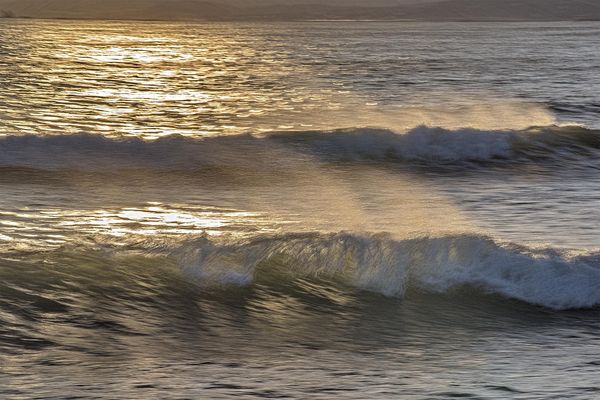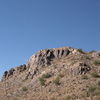Image Quality
Jun 22, 2014 06:48:14 #
Can anybody enlighten me to exactly what it means when comparisons are being done between DSLR Cameras and the review states better image quality? It is nothing to do with detail being generated by higher pixel sensors. I always thought the image quality was significantly down to lens selection. I hope somebody can enlighten me. How important is this feature when selecting a camera :?:
Jun 22, 2014 06:52:59 #
Sensors are rated by their dynamic range, their color depth and their high ISO performance. The first determines how much contrast they can handle without crushing shadows and blowing out highlights. The second refers to the range of colors they can accurately capture, and the third deals with the amount of noise as one amps up the signal by increasing the ISO for shooting in lower light. The number of megapixels will determine the possible resolution.
Jun 22, 2014 07:03:17 #
kymarto wrote:
Sensors are rated by their dynamic range, their color depth and their high ISO performance. The first determines how much contrast they can handle without crushing shadows and blowing out highlights. The second refers to the range of colors they can accurately capture, and the third deals with the amount of noise as one amps up the signal by increasing the ISO for shooting in lower light. The number of megapixels will determine the possible resolution.
:thumbup:
I might add that the lens contributes as well.
Jun 22, 2014 07:03:51 #
So if I'm shooting at 6400 ISO vs 3200, that mean that I will pick up more noise with the extra light?
Jun 22, 2014 07:09:53 #
kymarto wrote:
Sensors are rated by their dynamic range, their color depth and their high ISO performance. The first determines how much contrast they can handle without crushing shadows and blowing out highlights. The second refers to the range of colors they can accurately capture, and the third deals with the amount of noise as one amps up the signal by increasing the ISO for shooting in lower light. The number of megapixels will determine the possible resolution.
Hmm...I thought it wasn't necessarily the number of pixels but rather their size? But I could be wrong
Jun 22, 2014 07:51:51 #
cosmo54 wrote:
Hmm...I thought it wasn't necessarily the number of pixels but rather their size? But I could be wrong
Any ISO higher than base ISO of the sensor means you are amplifying the signal, which both reduces dynamic range and adds noise as you go. Larger photosites can gather more photons, so the signal is stronger and doesn't have to be amplified as much, generally speaking, but it's much more comex than that. It depends as well on the design of the photosites and the structure of the chip. Modern chips are much better than older chips, so you get increased performance even with smaller photosites. But with similar electronics, larger photosites will always give better low light performance than smaller ones. The new low light champ is the Sony A7s, which has a full frame sensor of only 12 Mpx.
Jun 22, 2014 12:43:24 #
red5champ wrote:
Can anybody enlighten me to exactly what it means when comparisons are being done between DSLR Cameras and the review states better image quality? It is nothing to do with detail being generated by higher pixel sensors. I always thought the image quality was significantly down to lens selection. I hope somebody can enlighten me. How important is this feature when selecting a camera :?:
Image quality purely speaking and no 'appreciation of subject' depend on:
Sensor dynamic range *
Digital file format selected as it affects the dynamic range. A raw file will recorded all of the range but a JPG will limit it to 2.
Sensor size AND pixel size **
Then you have the lens
So nothing has really changed from before, if you think about it with the glaring exception of file format.
What will influence the quality of image once you have a camera is the sensitivity selected. The higher the more problems, still similar to the old days, somewhat comparable with grain. Difference lies with that the 'grain' is always the same size (pixel) and the deterioration is in the form of random electronic noise (pixel color shift).
-----
* DSLR are typically limited to 6 best one up t0 11
Medium format is up to 14 at the moment
** Sensor size - This is the sensor physical size not the advertised image size. A Full size camera offers the best but at a cost, Most common 'prosumer' camera use a smaller sensor format. The pixel size influences the dynamic range, especially in full frame sensor. One full frame camera proved that wrong.
Maximal sensor size for a DSLR is 36MB and reaches 80MB in the medium format.
Jun 22, 2014 12:55:25 #
So if you read that image quality on say a Nikon D610 is significantly better than say a Canon 70D it is all about the sensor and the way that it puts the image on the chip?
Jun 22, 2014 13:01:48 #
red5champ wrote:
I will not enter the fray over nikon/canon.So if you read that image quality on say a Nikon D610 is significantly better than say a Canon 70D it is all about the sensor and the way that it puts the image on the chip?
Look at the sensor size and your existing investment first.
The file format IS the next big choice, this is why:
JPG dynamic range 2 (always)
raw dynamic range up to 6 (in the camera selected)
JPG color depth 8 (24 millions color)
raw color depth 11 (billions of colors shades) 14 (trillions of color shades)
JPG instant share and use
raw must be processed before being usable
There is a heated debate over using JPG vs raw but if you are serious about photography and understand the process raw is the clear choice due to its potential.
Jun 22, 2014 13:30:03 #
red5champ wrote:
So if you read that image quality on say a Nikon D610 is significantly better than say a Canon 70D it is all about the sensor and the way that it puts the image on the chip?
You should read the relevant reviews at DxOMark. Basically, the Nikon has greater dynamic range, greater color depth and much lower high ISO noise than the Canon.
http://www.dxomark.com/Cameras/Compare/Side-by-side/Nikon-D610-versus-Canon-EOS-70D___915_895
That is not quite fair, since the Canon is a crop sensor and the Nikon is full frame, but the same tendency occurs all the way up the line between Canon and Nikon.
I'll post here a dynamic range comparison I did between the Canon 5D3 and the Nikon 800E. Both shots with comparable lenses, underexposed by 3 EV and then I boosted the shadows in PS. If you download and look at full size you are seeing those image areas at 150% magnification.
Some people complain that it is not fair to shoot like this, that the Canon looks fine if you don't underexpose. That is true insofar as it goes, but the point is that if the shadows are clean, you can underexpose in high contrast situations to preserve highlight detail and then raise the shadows, giving a much broader dynamic range to the final image (if you are willing to post process).
If you look at the results, you can see that the Nikon is much cleaner in the shadows than the Canon at ISO 100, in fact the Nikon is almost as clean in the shadows at ISO 800 as the Canon is at 100. At ISO 800 for both cameras the gap has narrowed, but the Nikon is still much cleaner.
I am posting a shot I did of waves at the local beach for you to see the use of this extra dynamic range. The original was highly underexposed (first image), in order to keep some detail in the bright highlights, and I was still able to bring up the shadows very nicely (second image). This shot would not have worked with the Canon. Of course if you are not going to do this kind of thing, just shooting at normal exposure and getting what you get, then the difference would be minimal.
However, between the D610 and the 70D, you will get much cleaner pictures in low light with high ISO with the Nikon than with the Canon.
Jun 22, 2014 13:44:38 #
red5champ wrote:
So if you read that image quality on say a Nikon D610 is significantly better than say a Canon 70D it is all about the sensor and the way that it puts the image on the chip?
You should read the comparison of the sensors at DxOMark. It's not exactly a fair comparison because the Canon is a crop sensor camera and the Nikon full frame, but the differences are significant:
http://www.dxomark.com/Cameras/Compare/Side-by-side/Nikon-D610-versus-Canon-EOS-70D___915_895
The Nikon has more color bit depth, meaning it can record a wider range of colors. It has significantly better dynamic range, and significantly better low light capability.
I'm posting here a comparison having to do with dynamic range, between the Canon 5D3 and the Nikon 800E. I used comparable lenses and shot the same scene of the apartment across from mine in China, underexposing by three stops, both at ISO 100 and 800. I pieced together comparable parts of the frame (at 150% magnification) after having raised the exposure to "normal" levels post processing in PS.
You'll see that at 100 the Nikon is virtually noiseless in the shadows, but not so the Canon; in fact the Nikon at 800 is almost as good as the Canon at 100. At 800 the gap has narrowed, but the Nikon is still clearly better.
Some people have argued that this is an "unfair" comparison, since I raised the level of the dark areas after the shots were taken, but this point is that such underexposure allows me to capture highlight detail that would be blown out at "normal" exposure, and then still have the ability to pull clean detail out of the shadows. So I am posting as well a shot taken at my local beach. The top image is the original, as it came out of the camera, and the bottom after some judicious post work in PS. You can see that I was able to pull clean detail out of the dark areas, something that would not have been possible with the Canon.
Of course if all you are going to do is to take the best pictures you can at "normal" exposure and get what you get, without any post processing, the noticeable difference will be minimal.
OTOH, the Nikon will give you much cleaner shots at higher ISOs in normal shooting situations, FWIW.
Jun 22, 2014 14:25:37 #
Jun 22, 2014 14:35:36 #
Sorry about the double post. The internet is strange in China.
Jun 23, 2014 11:02:35 #
There are a number of factors that will have an effect on image quality in DSLR cameras. Some factors can be controlled by the photographer, including exposure, ISO and lens selection. Others are specific to the camera being used, such as sensor size and processors
MY .02
MY .02
Jun 23, 2014 11:07:02 #
NeilL
Loc: British-born Canadian
red5champ wrote:
So if you read that image quality on say a Nikon D610 is significantly better than say a Canon 70D it is all about the sensor and the way that it puts the image on the chip?
Don't forget lens quality.
If you want to reply, then register here. Registration is free and your account is created instantly, so you can post right away.






